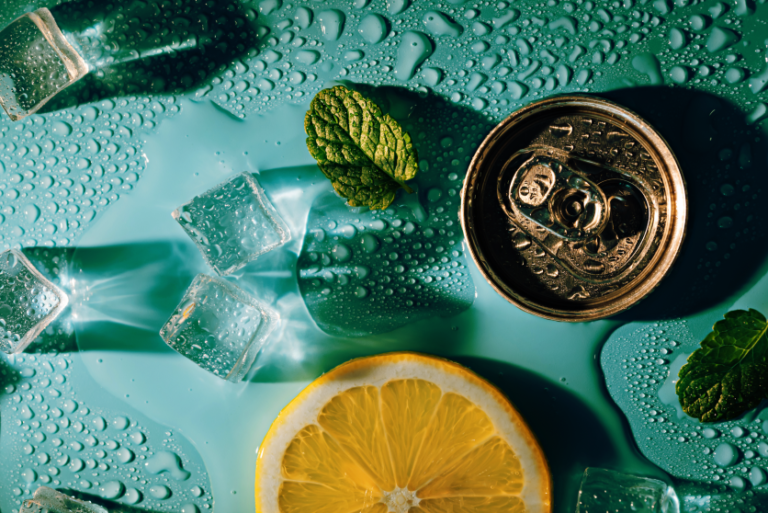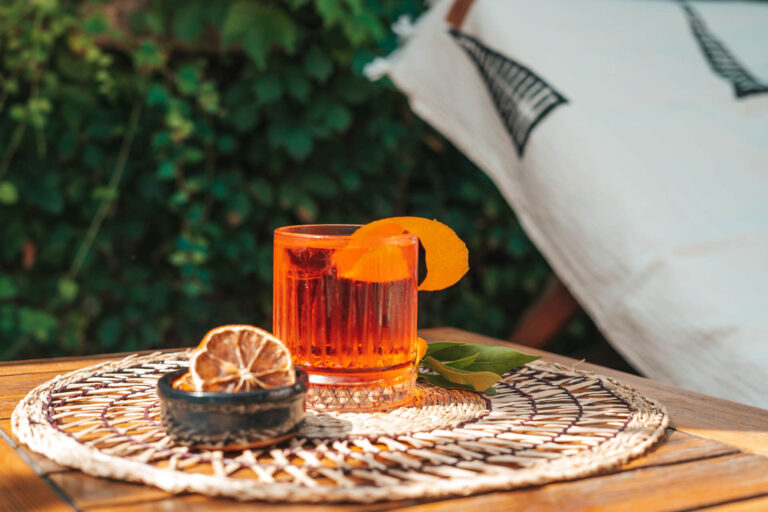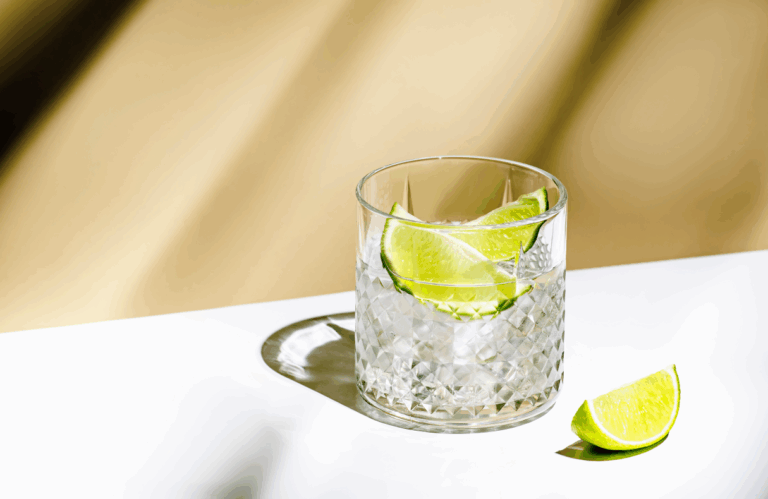25/08/2025
How can wine fight back against RTDs?
As wine’s core consumer ages and new recruits are put off by the category’s perceived lack of accessibility, RTDs have gained momentum, boosted by their convenience, flavour innovation and appeal to younger LDA drinkers. How can the wine industry stem the tide?
The past few years have seen a notable shift in consumer preferences for beverage alcohol around the world, with RTDs gaining market share – not just from beer, but also from still and sparkling wine.
Since 2019, the growth of RTDs in a number of key markets, including the US, Japan and Australia, has coincided with a steady volume decline for still wine in particular. In terms of global serves, still wine’s share declined from 11% in 2019 to 10% in 2024, and is set to shrink further to 9% in 2029, according to IWSR data. Meanwhile, RTDs’ share of serves has increased from 1% in 2019 to 2% in 2024, and is expected to hold at that level to 2029.
This trend is particularly apparent in markets where RTDs have a strong presence, such as the US, Japan, Australia and Canada, but it is also increasingly influential in emerging RTD destinations, such as Germany.
“While still wine has come under pressure in recent years, thanks to an ageing consumer base and a perceived lack of accessibility, RTDs have become increasingly popular, boosted to a combination of convenience, flavour innovation and messaging that taps into the health and moderation trend,” explains Richard Halstead, COO Consumer Insights.
“RTDs are also culturally resonant, often backed by celebrity influencers, and are social media-friendly, contrasting with wine brands’ frequent struggles to maintain relevance and appeal to younger, Gen Z consumers.
“Sparkling wine has fared better recently, but its fragmentation is illustrated by growth for Prosecco, but declines elsewhere. The segment is still often seen as occasion-led – used for celebrations – rather than everyday.”
The lines between RTDs and wine are also becoming increasingly blurred with the growth of wine spritzers, canned wine cocktails and wine-infused RTDs, as is highlighted in IWSR’s RTDs Strategic Study 2024. “As RTD consumers’ repertoires expand, purchase incidence for wine spritzers is increasing, especially among Millennials,” says Halstead. “Wine spritzers and coolers are doing particularly well in South Africa, and the segment is also strong in Mexico and Germany.”
Market by market
In the US, RTD volumes expanded at a CAGR of +14% between 2019 and 2024, while still wine declined -4% by the same measure. RTDs are expected to grow at a CAGR of +1% between 2024 and 2029, versus a -4% decline for still wine. Although sparkling wine has expanded in volume terms over the past few years, a -3% CAGR decline is forecast to 2029.
“Volumes of wine sold in the US were already dwarfed by beer and have now been overtaken by the rapid growth of RTDs,” says Halstead. “Further declines are forecast as more moderate and health-conscious drinking trends accelerate.”
Similarly, in Japan, RTDs grew at a CAGR of +5% between 2019 and 2024, with further gains forecast, while still and sparkling wine both declined over the same timescale, by -3% and -1% respectively.
In both the US and Japan, RTD volumes already exceed those of still and sparkling wine combined – and other destinations are beginning to show a similar dynamic.
In Canada, according to IWSR forecasts, RTDs will overtake still wine in volume terms during 2027, and still and sparkling wine combined in 2028, thanks to a a predicted CAGR of +2% to 2029 – versus a -2% expected CAGR decline for still wine, with sparkling wine flat.
IWSR Bevtrac consumer research, undertaken in March 2025, shows that while 12% of still wine drinkers are Gen Z, for RTDs the proportion is 15%.
According to IWSR’s Canada Wine Landscapes Report, red wine is the most consumed alcoholic beverage among Millennials, but under-indexes with Gen Z. Twenty-nine percent of all regular wine drinkers also drink RTDs , whereas for Gen Z the proportion is 33%.
“In Canada, the wine category has shrunk as the competition from RTDs has increased; the volume and value of RTDs have both almost doubled since 2019,” says Halstead.
Trends in Australia echo Canada: although RTD volumes declined by -6% in 2024, volumes increased at a CAGR of +4% between 2019 and 2024, with moderate growth predicted to 2029. As a result, RTDs are expected to narrow the gap with still wine, which recorded a -3% CAGR decline between 2019 and 2024, with further falls forecast.
Younger wine drinkers, particularly Millennials, are expanding their preferences beyond wine into categories such as vodka and RTDs, according to IWSR’s Australia Wine Landscapes Report. This presents a challenge for wine, although Millennials remain interested in exploring new wine styles and grape varieties.
Even in countries where RTDs are historically small, there are signs that the category is stealing share from wine. In Germany, where RTDs are dwarfed by wine, RTD volumes grew at a CAGR of +11% between 2019 and 2024, with a +4% CAGR predicted for 2024-29. Contrast this with across-the-board declines for still and sparkling wine, apart from a flat performance for sparkling in 2024.
“In Germany, pressure on discretionary household budgets continues, with a growing number of institutions promoting moderation,” reports Halstead. “As consumers seek smaller serves and lower prices, wine faces serious competition from RTDs.” IWSR Bevtrac research shows that, while 15% of still wine drinkers in Germany said they also consumed RTDs, only 9% of still wine drinkers are Gen Z – versus 23% for RTDs.
However, Italy shows a reverse trend of RTD decline, with volumes falling by -2% in 2024, capping a -1% CAGR decline between 2019 and 2024. The category is expected to be flat to 2029. Still wine has also declined, falling at a CAGR of -3% between 2019 and 2024, and further declines are predicted, but sparkling wine grew at a CAGR of +1% between 2019 and 2024, with a +2% CAGR forecast to 2029.
Although 21% of still wine drinkers in Italy also consumed RTDs, according to Bevtrac, only 1% of them said they would choose a pre-mixed cocktail if still wine was not available. Gen Z participation was low in both cases, accounting for only 9% of still wine drinkers and 16% of RTD consumers.
What does this mean for the wine industry?
“So far, it has proven difficult for wine brand owners to combat the key attributes of RTDs, such as convenience and portability, with RTDs having no need for corkscrews or glassware,” says Halstead. “When it comes to flavour innovation, wine also struggles to match the pace of RTDs in terms of product development and trend response.
“While RTDs are often positioned as low-calorie, low-ABV or gluten-free, exploiting the health and moderation trend, wine is often perceived as higher in calories and sugar, and less transparent in its labelling.”
RTDs also have a competitive advantage in terms of channel and appearance, with a strong ecommerce presence that favours modern shopping behaviours and eye-catching packaging that drives trial, especially among younger consumers.
Furthermore, changing occasions and consumption habits have led to a decline in formal dining and traditional social settings – both key opportunities for wine in the past, meaning that the category may now need to target new occasions.
“The incursion of RTDs suggests that wine is in need of reinvention, embracing more accessible packaging and simpler branding cues,” says Halstead. “It also highlights the huge importance of modernised marketing strategies and consumer engagement, especially among younger drinkers.
“Nonetheless, there are potential growth opportunities, including premium canned wine, as well as flavoured wine-based drinks. In Canada, brand owners have confronted the RTD threat with the launch of flavoured sparkling wines – a segment which expanded at a CAGR of +65% between 2019 and 2024, albeit off a small base.”
The above analysis reflects IWSR data from the 2025 data release. For more in-depth data and current analysis, please get in touch.
CATEGORY: All | MARKET: All | TREND: Convenience, Innovation |
Interested?
If you’re interested in learning more about our products or solutions, feel free to contact us and a member of our team will get in touch with you.




